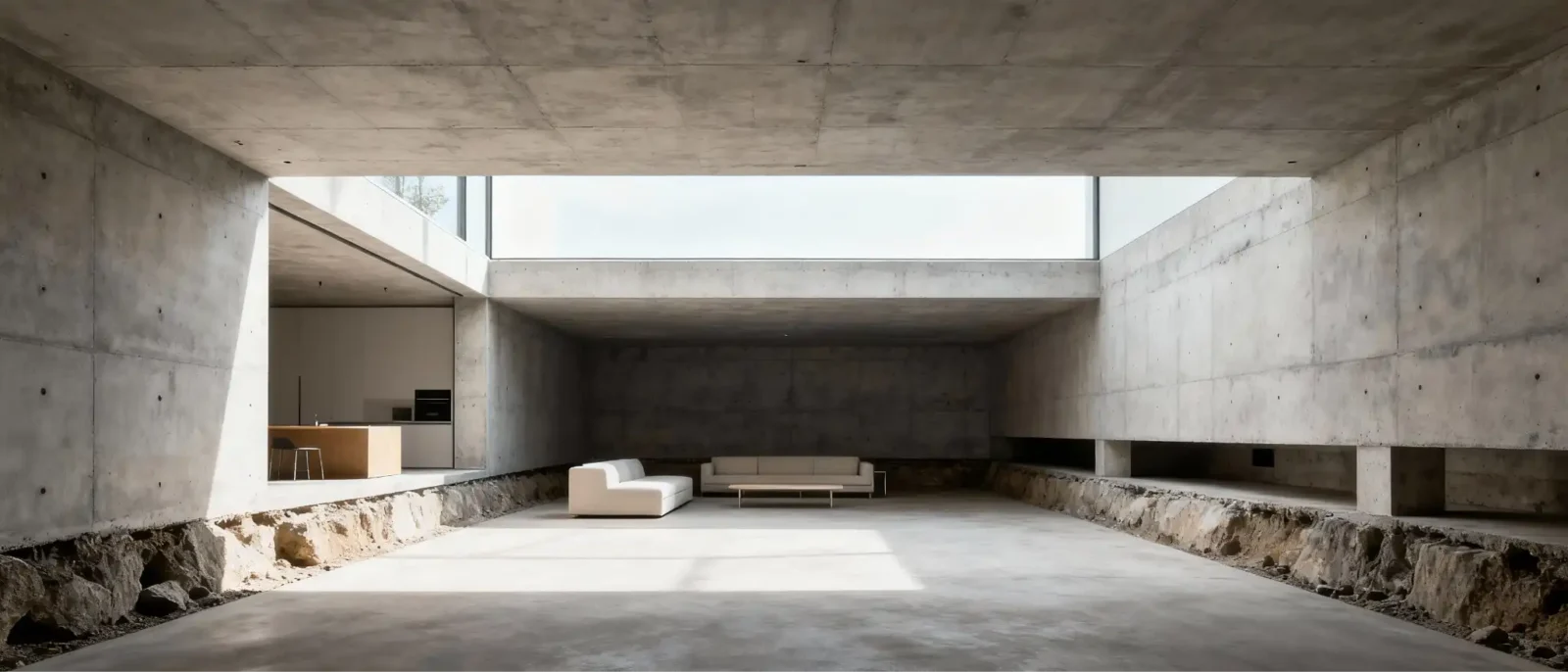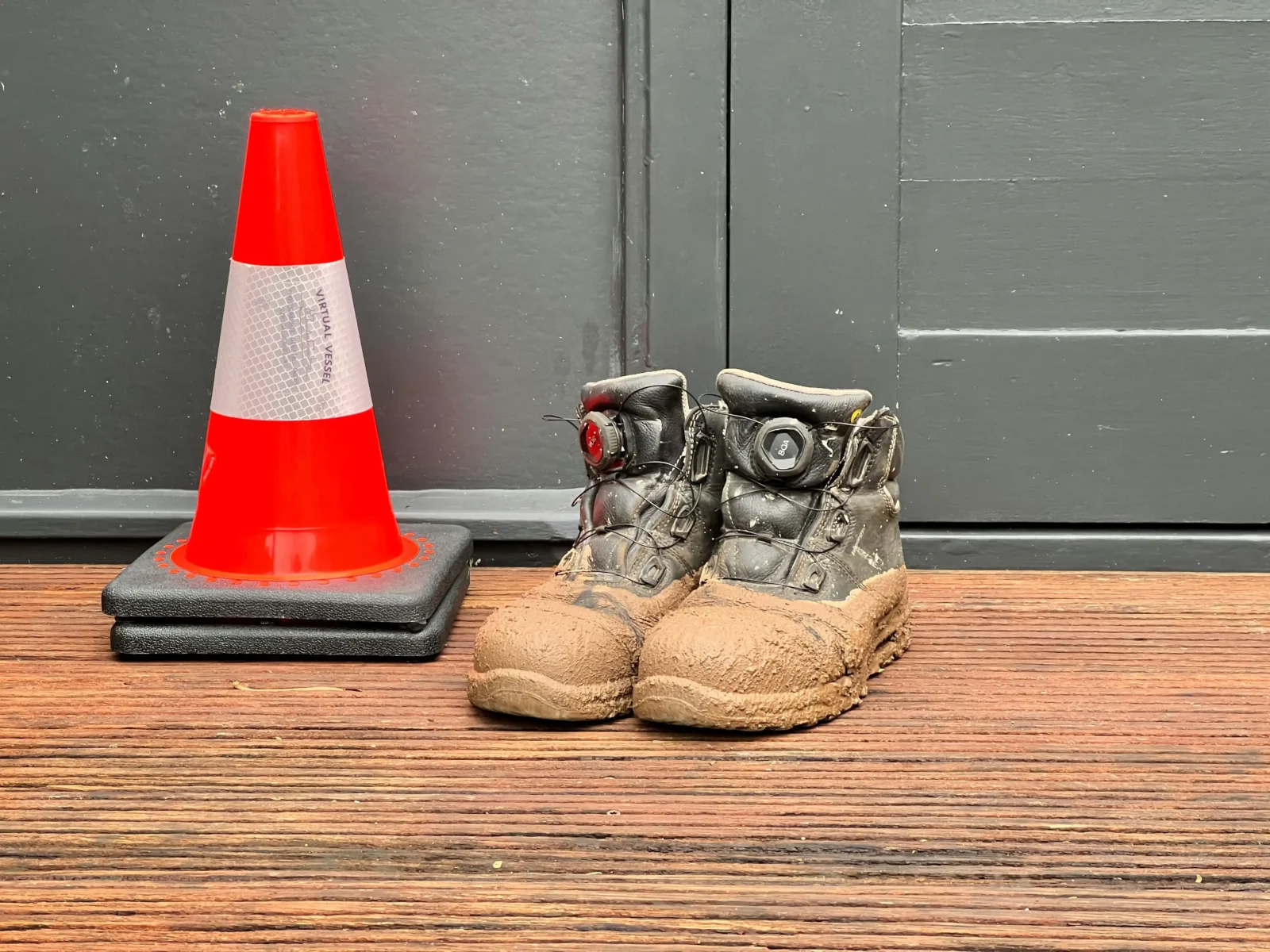- Home
- Articles
- Architectural Portfolio
- Architectral Presentation
- Inspirational Stories
- Architecture News
- Visualization
- BIM Industry
- Facade Design
- Parametric Design
- Career
- Landscape Architecture
- Construction
- Artificial Intelligence
- Sketching
- Design Softwares
- Diagrams
- Writing
- Architectural Tips
- Sustainability
- Courses
- Concept
- Technology
- History & Heritage
- Future of Architecture
- Guides & How-To
- Art & Culture
- Projects
- Interior Design
- Competitions
- Jobs
- Store
- Tools
- More
- Home
- Articles
- Architectural Portfolio
- Architectral Presentation
- Inspirational Stories
- Architecture News
- Visualization
- BIM Industry
- Facade Design
- Parametric Design
- Career
- Landscape Architecture
- Construction
- Artificial Intelligence
- Sketching
- Design Softwares
- Diagrams
- Writing
- Architectural Tips
- Sustainability
- Courses
- Concept
- Technology
- History & Heritage
- Future of Architecture
- Guides & How-To
- Art & Culture
- Projects
- Interior Design
- Competitions
- Jobs
- Store
- Tools
- More
The Vertical Revolution: How Basement Underpinning Creates Architectural Gold from Forgotten Spaces

Think about the last time you walked into a room with soaring ceilings. That immediate sense of possibility, that unconscious exhale as your gaze travels upward. Now imagine unlocking that same transformative feeling in a space you’ve written off as cramped and uninspiring: your basement. Expert basement underpinning services transform below-grade spaces from afterthoughts into architectural statements, and the technique of basement underpinning represents one of the most dramatic spatial interventions available to homeowners seeking to reimagine their properties.
The psychology behind vertical space runs deeper than aesthetics. Research published in peer-reviewed journals demonstrates that rooms with elevated ceilings activate specific brain regions associated with visuospatial exploration and attention, making occupants more likely to judge these spaces as beautiful. When you increase ceiling height through underground transformation, you’re not just adding inches; you’re fundamentally altering how people experience and interact with the environment. This is architecture as neuroscience, space-making as mood engineering.
Table of Contents
ToggleThe Foundation of Possibility
Traditional basements exist in a kind of architectural purgatory, neither fully claimed living space nor purely functional storage. Low ceilings around 6 feet 8 inches create compression effects that make even generous floor plans feel claustrophobic. The underpinning process flips this equation entirely. By excavating beneath existing foundations and reinforcing them with new concrete footings, the technique can add 2 to 4 feet of vertical clearance, enough to completely transform spatial perception.

Unlike surface-level renovations that simply rearrange what’s already there, underpinning changes the fundamental geometry of your home. Picture a sculptor working in reverse, removing material to reveal form rather than adding it. Teams excavate in strategic sequences called “checkerboard underpinning,” digging beneath alternating sections of foundation walls to maintain structural integrity throughout the process. Each section gets reinforced with new concrete before moving to the adjacent area, creating a phased approach that keeps your home stable even as its foundation gets reimagined from the ground up.
Beyond Square Footage: The Value Proposition
The financial mathematics of underpinning tell a compelling story. Adding usable square footage through traditional additions means navigating zoning regulations, height restrictions, and significantly higher costs per square foot. Underpinning works within your home’s existing footprint, expanding vertically downward rather than outward or upward. In high-density urban markets, this approach often represents the only viable path to meaningful space expansion.
Property value increases follow predictable patterns when basements transition from marginally usable to genuinely livable. A finished basement with proper ceiling height can add tens of thousands to market value, but the calculation extends beyond simple appraisal numbers. In cities like Toronto where housing demand consistently exceeds supply, creating a legal basement apartment through underpinning generates rental income that can offset mortgage costs while building long-term equity.
The structural improvements embedded in the underpinning process deliver compounding benefits. Older homes frequently suffer from foundation settlement, inadequate footings, or moisture infiltration that compromise long-term stability. Addressing these issues during underpinning prevents future problems while simultaneously creating more functional space. It’s preventative maintenance disguised as renovation, infrastructure investment wrapped in lifestyle upgrade.
The Invisible Architecture of Comfort
Thermal efficiency rarely headlines renovation discussions, but it dramatically affects how spaces feel throughout the year. Below-grade environments naturally maintain more consistent temperatures than above-ground rooms, and properly executed underpinning enhances this advantage. New insulation systems installed during foundation work create thermal barriers that reduce heating and cooling demands, translating to lower utility bills and improved comfort regardless of outdoor conditions.
Moisture management transforms from chronic concern to non-issue when underpinning incorporates comprehensive waterproofing systems. The excavation process provides access to exterior foundation walls, allowing installation of drainage systems, vapor barriers, and protective membranes that would be impossible to add after initial construction. Think of it as giving your basement the protection it should have received originally, correcting decades-old oversights through modern building science.

Air quality considerations take on new significance in spaces where families actually spend time rather than simply storing forgotten belongings. Proper ventilation systems integrated during underpinning ensure consistent air circulation, preventing the musty atmosphere that plagues many traditional basements. The result feels less like descending into lower levels and more like moving between distinct but equally comfortable zones within your home.
Design Freedom Through Structural Certainty
Ceiling height influences more than perception; it fundamentally determines what’s architecturally possible within a space. Standard ceiling heights around 8 feet accommodate basic residential programming, but reaching 9 or 10 feet through underpinning unlocks design flexibility that approaches main-floor possibilities. Architectural details like exposed structural elements, recessed lighting designs, and distinctive ceiling treatments all require vertical clearance that underpinning provides.
The relationship between vertical space and furniture placement becomes obvious once you start designing. Home theaters benefit from tiered seating that requires adequate ceiling height to prevent claustrophobia in raised rows. Home gyms need clearance for overhead exercises and tall equipment. Music studios require specific ceiling heights for proper acoustics and sound diffusion. Underpinning doesn’t just make basements taller; it makes them genuinely multi-functional rather than theoretically adaptable.
Natural light integration becomes significantly more effective when ceiling height allows for clerestory windows or light wells that bring daylight deep into below-grade spaces. The interplay between vertical clearance and light penetration creates environments that feel connected to the world above rather than buried beneath it. This architectural relationship between ceiling plane and light source represents one of the most powerful tools for transforming basement character from dim refuge to vibrant living area.
The Excavation Reality
Underpinning projects demand realistic expectations about process and timeline. This isn’t weekend DIY territory; specialized foundation contractors using specific methodologies turn your basement into a controlled construction site for weeks or months. In situations with limited access, every cubic yard of excavated soil gets removed by hand and conveyed through basement openings via makeshift chutes or bucket systems. Some projects require moving 20 tonnes of material this way, a reminder that dramatic transformations demand proportional effort.
The checkerboard sequencing that maintains structural integrity also extends project duration. Engineers specify cure times between foundation pours, typically several days per section, creating rhythms where intense activity alternates with waiting periods. The phased approach protects your home but requires patience from homeowners eager to see finished results.
Cost considerations reflect the technical sophistication and labor intensity involved. Typical basement underpinning projects range from $50,000 to $90,000 or more, depending on property size, soil conditions, and scope of additional improvements like waterproofing or mechanical system upgrades. These figures position underpinning as significant capital investment rather than routine maintenance, warranting careful planning and realistic budgeting that accounts for contingencies.
Regulatory Navigation and Professional Partnerships
Building permits and engineering reviews form unavoidable components of legitimate underpinning work. Foundation modifications affect structural safety, triggering requirements for professional engineer involvement and municipal oversight. The paperwork might feel bureaucratic, but it ensures work meets standards designed to protect both homeowners and future occupants. Engineers calculate load-bearing requirements, specify foundation depths based on soil analysis, and provide stamped drawings that document how your home’s structural system gets modified.

Working with experienced foundation specialists makes navigating this regulatory landscape significantly easier. Established contractors maintain relationships with local building departments, understand jurisdiction-specific requirements, and can anticipate potential issues before they cause delays. This expertise extends beyond simply completing forms; seasoned professionals recognize when soil conditions warrant modified approaches or when existing foundation deficiencies require additional remediation.
The commitment to professional execution versus attempting amateur shortcuts determines whether underpinning delivers on its transformative promise or creates expensive structural problems. Foundation work permits no learning curves or second chances. Getting it right the first time through qualified specialists costs more upfront but prevents catastrophic failures that could compromise your entire property’s integrity.
From Constraint to Canvas
Basement underpinning represents architectural problem-solving at its most fundamental level. The technique addresses space constraints not through clever furniture arrangements or strategic paint colors, but by physically altering the container itself. It’s spatial transformation in the most literal sense, changing dimensional relationships that seemed fixed and immutable.
The decision to underpin a basement reflects a particular kind of ambition: the refusal to accept your home’s limitations as permanent conditions. It recognizes that the most valuable real estate isn’t always found by looking outward for expansion opportunities but sometimes by looking downward at underutilized potential already within your property boundaries. In an era where urban density makes horizontal expansion increasingly difficult, vertical strategies into below-grade spaces offer elegant solutions to space scarcity.
Beyond pragmatic considerations, there’s something fundamentally satisfying about transforming overlooked spaces into celebrated ones. That dusty basement that served primarily as mechanical room and storage overflow becomes a venue for gathering, creating, working, or simply living well. The psychological shift from tolerating a compromised space to actively enjoying it represents its own form of value, harder to quantify on spreadsheets but no less real in daily experience.
illustrarch is your daily dose of architecture. Leading community designed for all lovers of illustration and #drawing.
Submit your architectural projects
Follow these steps for submission your project. Submission FormLatest Posts
8 Essential Web-Based Mapping Tools for Modeling Sea Level Rise and Flood Impacts
As climate change accelerates, flood risk and sea level rise have become...
How Sydney’s Architecture Responds to Climate, Light, and Lifestyle
Sydney’s architecture has never been driven by form alone. It evolves through...
Shipping Containers as Functional Infrastructure on Construction Sites
Construction sites are temporary by definition, yet the systems that support them...
Understanding Site Safety Footwear in Architectural Practice
Architecture is often discussed through drawings, models, and finished buildings, yet a...












Leave a comment